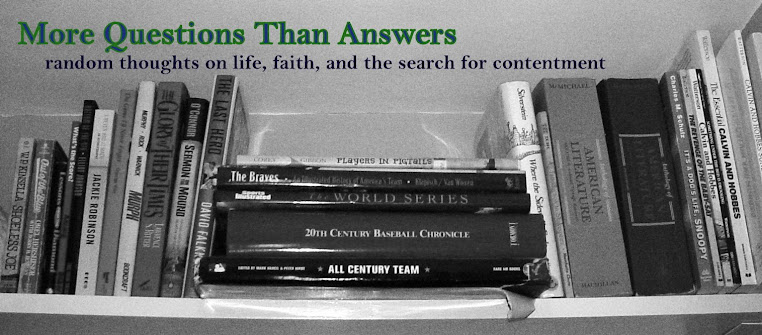Saturday, March 31, 2012
Inning 2: Communication
(If not playing) baseball's best experience is from the ballpark stands. The game does not project well from television. What a viewer does not see is the constant stream of communication that is happening at a rapid pace. The majority of the dialogue is non-verbal, a foreign language really, when seen by onlookers. To see all the hand motions is really quite mesmerizing.
Middle infielders discuss behind the curtain of their gloves who will cover the second base bag. Catchers talk a lot. They signal the pitcher, of course, suggesting a certain pitch and location using just their fingers. The pitcher taking the lead, nods in agreement or shakes for another option. Also, catchers signal the other defenders for first and third coverages letting all know where he will throw if the corner base runners try to advance. A flurry of signs come from the dugout to third base coaches to relay to batters and to fielders for defensive positioning.
As you have figured out by now, the communication happens before the action of the game unfolds. The communication is the result of the plans that have been made to execute success. Rarely is a decision made within the flow of a given play. The baseball play is mostly directed by advance preparation. The communication sets it all up. You can guess what happens if communication breaks down. A failure to communicate leads to a lack of execution. Just ask that third base runner how he feels when he is barreling down the line toward home plate and does not see the batter square to bunt. His heart jumps out of his chest praying the hitter does not swing. This is what it looks like to have your life flash before your very eyes.
As a coach and private instructor, the first lesson in communication relating to character development is ears first, mouth second. The reason is simple. We are made with two ears and only one mouth, which naturally means we should listen twice as much as talk. Without listening, communication cannot happen.
Good communication is like a good game of catch. Both the thrower and receiver are involved. The information gets sent (ball is thrown) and the receiver retrieves the information or message (ball is caught). Now the reverse, the roles change and new information is sent, back and forth. With my players I am sure to keep an open line of dialogue. I am interested in what each of them are thinking and feeling. Both their body language and words tell me most everything I need to know. My players also hear from me. I like the word feedback because my message is honest and meant to compliment what they have shared. Part of my job is to be sure they know that I am listening. The other part is to use what I have learned from them and give back new information to help them improve.
The life application of baseball's style of communication teaches to get to the point clearly and quickly. If our attention or focus is distracted or diverted, a breakdown is the result. Communication is a hard skill to master. I tell my guys, "if you're not sure, step out of the box and ask me to repeat the signs."
Communication is learned as we go, playing and living together.
Subscribe to:
Post Comments (Atom)


No comments:
Post a Comment